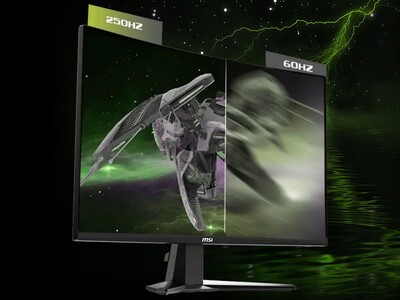Hirdetés
-


Garmin Forerunner 165 - alapozó edzés
ma Leizzadtunk a Garmin legolcsóbb amoledes futóórájával.
-


27 hüvelykes, játékra szánt kijelzővel újít az MSI
ph A cég MI-vel kacérkodó megoldásának képfrissítési frekvenciáját 250 Hz-ig srófolhatjuk fel.
-


Megjelenési dátumot végre a Men of War II (PC)
gp Többszöri halasztás után végre megkapjuk a régóta várt folytatást.
Új hozzászólás Aktív témák
-

ricsip
addikt
Amúgy valóban horror, hogy ilyen 9-10 tányérok, és 18-20 lemezfelületek+ fej-ek vannak belepréselve ebbe a méretbe.
Ezért eszik sokat (9,4 Wattok működés azaz írás/olvasás közben), hiába héliumos.Egy seagate review azt írja, a wd szokásosan ferdít, mikor a spec sheet-jeikben a fogyasztasról írnak: nem igaz h. annyival alacsonyabb lenne a seagate hasonló felépítésű és kapacitású modelljeihez képest
https://www.realhardwarereviews.com/seagate-exos-x20-review/16/
Even the seemingly higher paper specifications of 9.6 vs 7 watts of energy consumed works in Seagate favor… as that comparison is a load of bollocks that is going to taint may an experienced buyer’s opinion of the competition. HAMR and EAMR require more energy to work than CMR. Not less. The fact that Western Digital thinks that Enterprise buyers are not smart enough to spot the asterix of queue depth of one with 50-50 r/w to get the lower wattage specs is… well… insulting.
Seagate on the other hand is upfront with their numbers. They are not hiding the fact that each drive is going to eat upwards of 9.6 watts of power when pushed hard… just like nearly every enterprise grade SATA 7200rpm drive made to date. Instead, they are letting you know that the X20 offer the usual cost savings over the previous generation (.48 vs .52 watts per TB) but are not trying to claim a laughably low 0.35 watts per TB rating. They are letting the numbers speak for themselves… as that is all that is needed to sell this upgraded model to their intended consumer. No tricks. No asetirix. Just data you can rely upon to help make your final decision. That is refreshing and we sincerely hope that Western Digital follow Seagate’s lead
-
Új hozzászólás Aktív témák
ph A vállalat a 22 és 26 TB-os megoldások mintáit már szállítja is a főbb partnereinek.
- Bontatlan Seagate & Western Digital HDD-k 3TB - 12TB -ig - Számla + Garancia, Ár alatt! BeszámítOK!
- RaidSonic IB-2914MSCL-C31 NVMe SSD / HDD dokkoló és klónozó - Dobozos, újszerű
- IcyBox IB-1824ML-C31 RGB Illuminated NVMe SSD ház - Dobozos, újszerű
- Inateck NVMe SSD ház - Dobozos, újszerű
- ASUS ROG STRIX Arion M. 2 NVMe SSD ház - Dobozsérült, újszerű










